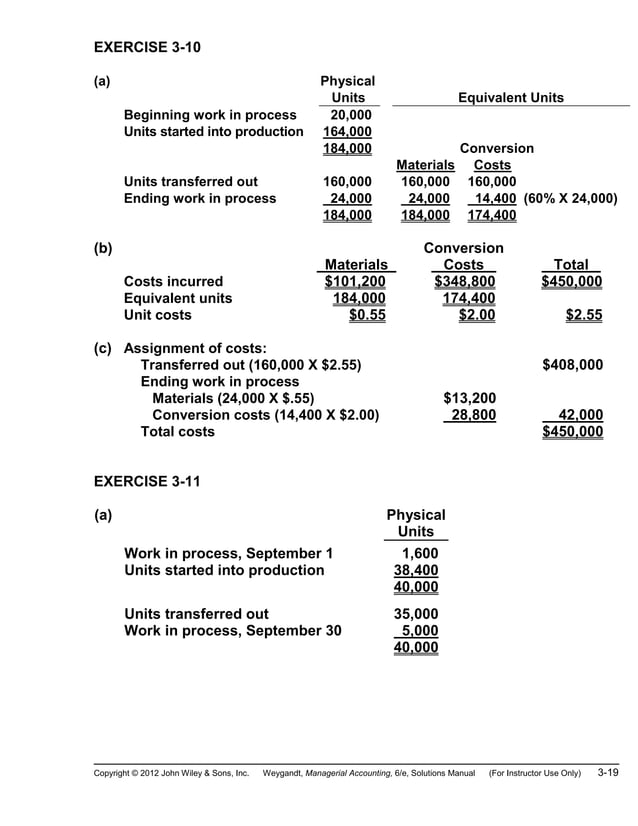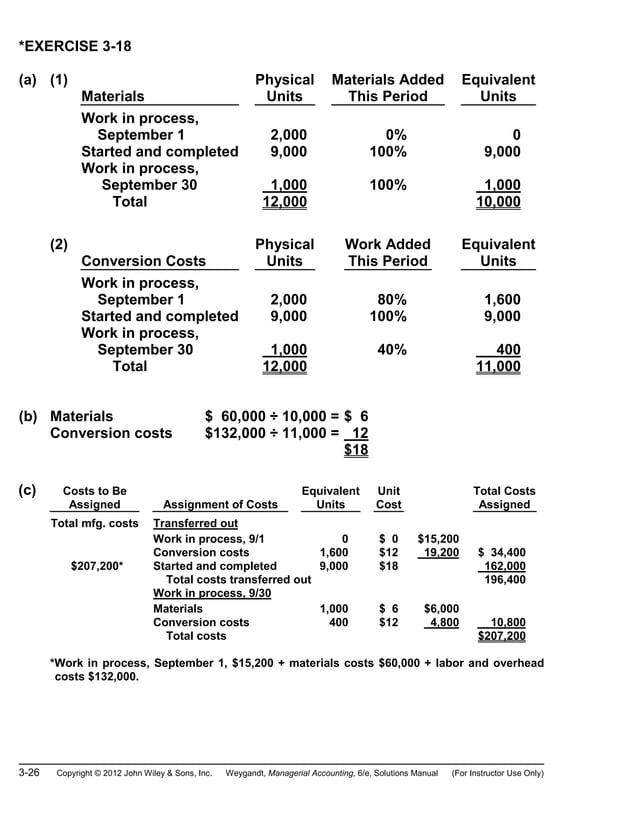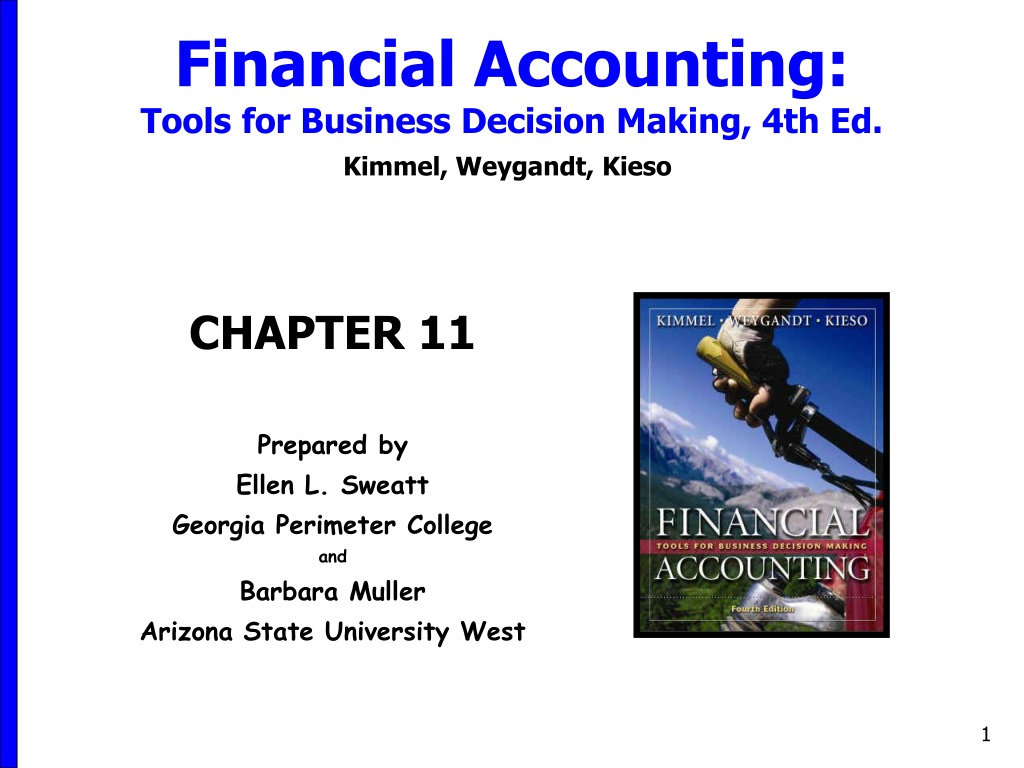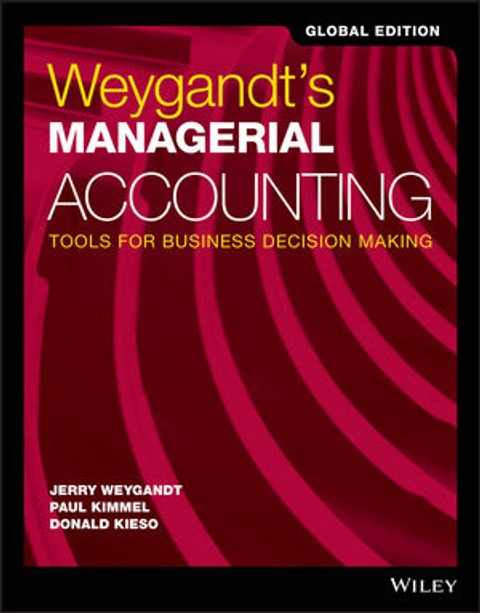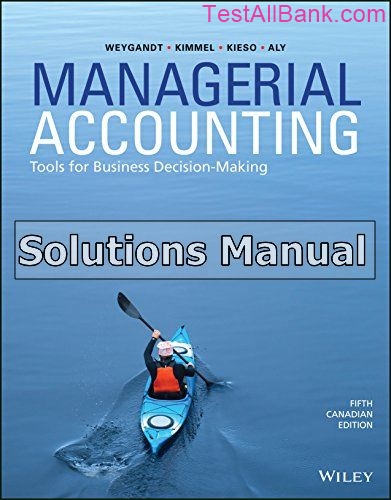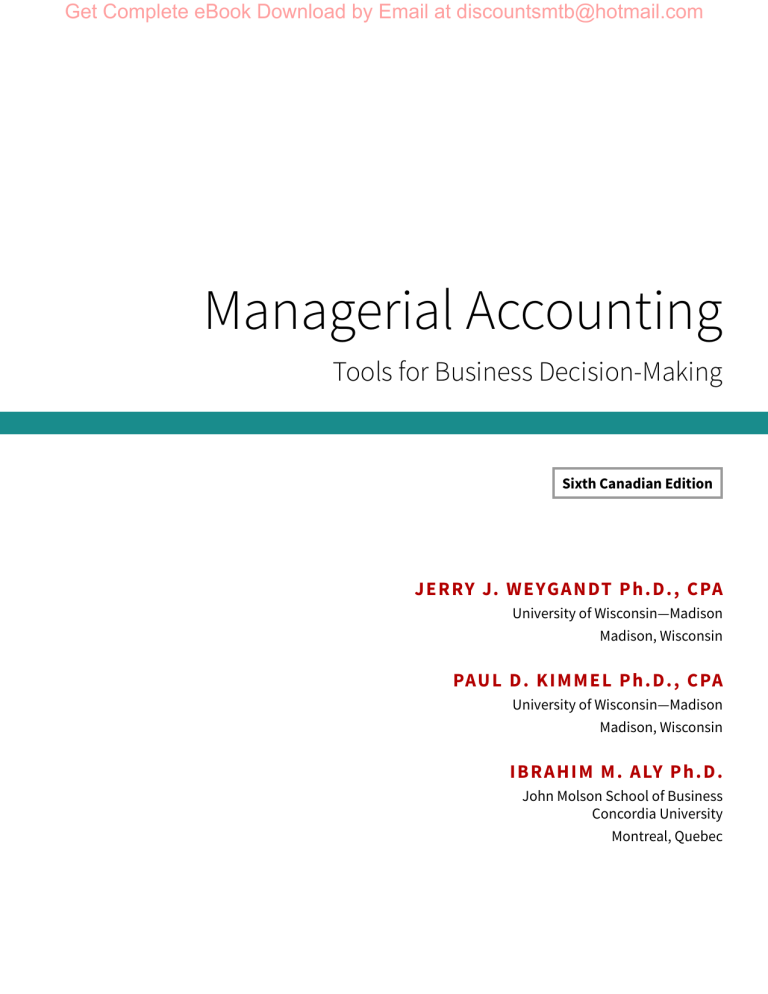Accounting Tools For Business Decision Making
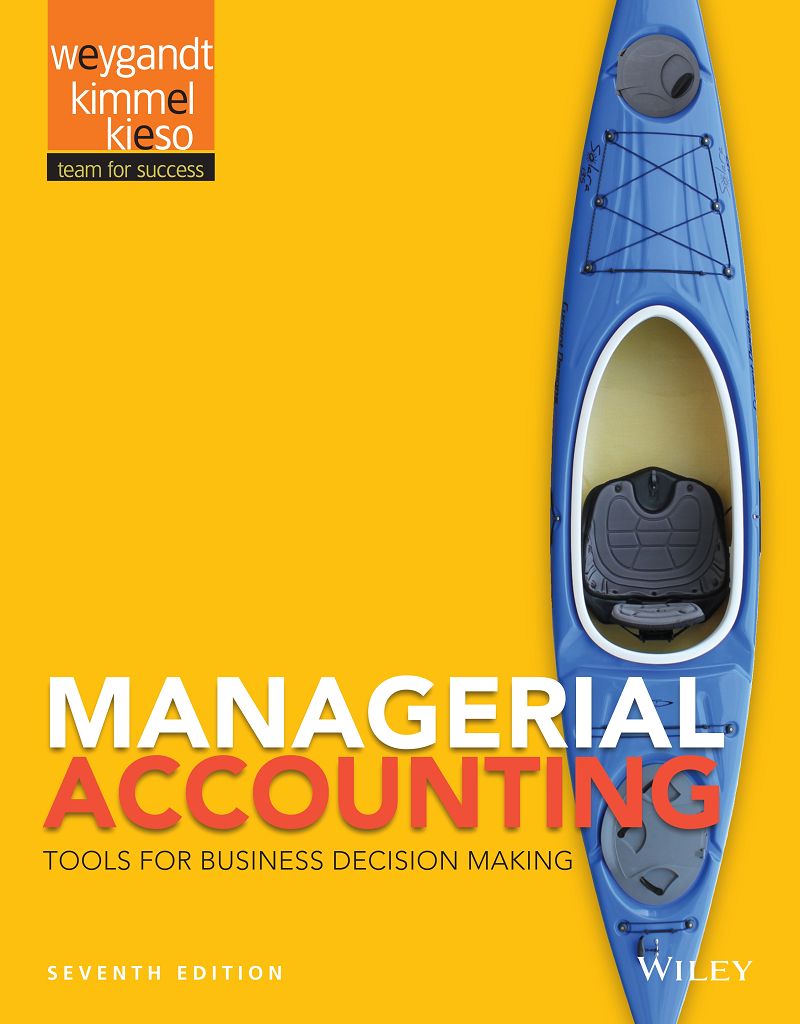
Imagine a small bakery, the aroma of freshly baked bread swirling in the air, customers lining up for their daily dose of sweetness. But behind the scenes, the owner, Sarah, is grappling with rising flour costs and a nagging feeling that her profits aren't what they should be. She needs a way to understand the numbers, to make informed decisions that will keep her bakery thriving. Fortunately, she, and many other business owners, have access to a powerful set of resources: accounting tools.
At its core, effective accounting is about more than just balancing the books. It's about providing insightful data that fuels strategic decision-making. This article explores the crucial accounting tools available to businesses of all sizes, highlighting how they empower owners and managers to navigate the complexities of the modern marketplace and achieve sustained success.
The Foundation: Financial Statements
The bedrock of any robust accounting system lies in the creation and analysis of financial statements. These reports offer a clear snapshot of a company's financial health and performance. They're not just for accountants; they're essential reading for anyone involved in guiding the business.
The balance sheet, often described as a snapshot in time, presents a company's assets, liabilities, and equity at a specific point. It’s the accounting equation in action: Assets = Liabilities + Equity. Understanding this equation is fundamental to gauging a company's solvency and financial stability.
The income statement, also known as the profit and loss (P&L) statement, summarizes a company's revenues, expenses, and profits over a specific period. It reveals whether the business is making money and highlights areas where costs can be controlled.
The statement of cash flows tracks the movement of cash both into and out of a company over a period. It is categorized into operating, investing, and financing activities. This statement offers a crucial understanding of a company's liquidity and ability to meet its short-term obligations.
Beyond the Basics: Key Accounting Tools
While financial statements provide a broad overview, several more specialized accounting tools offer deeper insights for decision-making. These tools allow businesses to zoom in on specific areas of concern and identify opportunities for improvement.
Cost-Volume-Profit (CVP) Analysis
CVP analysis helps businesses understand the relationship between costs, volume, and profit. It's a powerful tool for determining the break-even point – the level of sales needed to cover all costs. Sarah, the bakery owner, could use CVP analysis to determine how many loaves of bread she needs to sell each day to cover her rent, ingredient costs, and labor.
By understanding the interplay of these variables, businesses can make informed decisions about pricing, production levels, and cost control. It allows for simulations of different scenarios, enabling businesses to proactively respond to market changes.
Budgeting
Budgeting involves creating a detailed plan for future revenues and expenses. It's a roadmap that guides the business toward its financial goals. A well-crafted budget isn't just a prediction; it's a tool for control and accountability.
There are different types of budgets, including the master budget, which encompasses all the operational and financial aspects of a company. Effective budgeting requires collaboration across departments and realistic assumptions about market conditions.
Variance Analysis
Variance analysis compares actual results to budgeted figures, highlighting deviations that require attention. Did sales fall short of projections? Were expenses higher than expected? Variance analysis helps identify the root causes of these discrepancies.
By investigating these variances, businesses can take corrective action, improve forecasting accuracy, and enhance operational efficiency. It’s a continuous feedback loop that promotes learning and adaptation.
Ratio Analysis
Ratio analysis involves calculating and interpreting key financial ratios derived from the financial statements. These ratios provide insights into a company's profitability, liquidity, solvency, and efficiency. For example, the current ratio (current assets divided by current liabilities) measures a company's ability to meet its short-term obligations.
Comparing these ratios to industry benchmarks or historical data can reveal areas of strength and weakness. Investors, lenders, and management teams alike rely on ratio analysis to assess a company's financial performance.
Activity-Based Costing (ABC)
Activity-based costing (ABC) is a more sophisticated costing method that assigns costs to specific activities and then allocates those costs to products or services based on their consumption of those activities. This provides a more accurate picture of product costs than traditional methods, which often allocate overhead costs based on volume.
ABC can help businesses identify and eliminate wasteful activities, optimize resource allocation, and make more informed pricing decisions. It's particularly useful for companies with complex products or services.
The Digital Revolution: Accounting Software
The rise of accounting software has revolutionized the way businesses manage their finances. From desktop applications like QuickBooks and Sage to cloud-based solutions like Xero, there's a software package to suit every need and budget. These tools automate many of the tedious tasks associated with accounting, freeing up time for business owners to focus on strategic initiatives.
Cloud-based accounting software offers several advantages, including accessibility from anywhere with an internet connection, real-time data updates, and enhanced collaboration among team members. Many packages also integrate with other business applications, such as customer relationship management (CRM) and e-commerce platforms.
Choosing the right accounting software is a crucial decision. Factors to consider include the size and complexity of the business, the level of accounting expertise available, and the specific features needed. Many software vendors offer free trials or demonstrations, allowing businesses to test out different options before making a commitment.
Data-Driven Decisions: The Future of Accounting
The future of accounting is increasingly data-driven. With the rise of big data and analytics, businesses have access to vast amounts of information that can be used to improve decision-making. Accountants are evolving from number crunchers to strategic advisors, helping businesses interpret data and identify opportunities for growth.
Tools like data visualization dashboards and predictive analytics are becoming increasingly common. These technologies allow businesses to identify trends, forecast future performance, and make more informed decisions about investments, pricing, and marketing.
According to a report by Deloitte, organizations that embrace data-driven decision-making are more likely to outperform their competitors. Investing in accounting technology and developing data analytics skills is becoming essential for businesses of all sizes.
Empowering Business Owners
Ultimately, the power of accounting tools lies in their ability to empower business owners. By providing clear, accurate, and timely financial information, these tools enable owners to make informed decisions that drive growth, profitability, and sustainability. They provide the insights needed to navigate the ever-changing business landscape and achieve long-term success.
Sarah, our bakery owner, can now use these tools to understand her costs, track her sales, and make informed decisions about pricing and inventory. She can identify her most profitable products, optimize her staffing levels, and plan for future expansion. Accounting tools are not just about compliance; they're about control, insight, and empowerment.
In the grand scheme of things, accounting serves as a compass, guiding businesses toward their financial goals. By embracing these powerful tools and cultivating a culture of financial literacy, businesses can unlock their full potential and create a brighter future.


